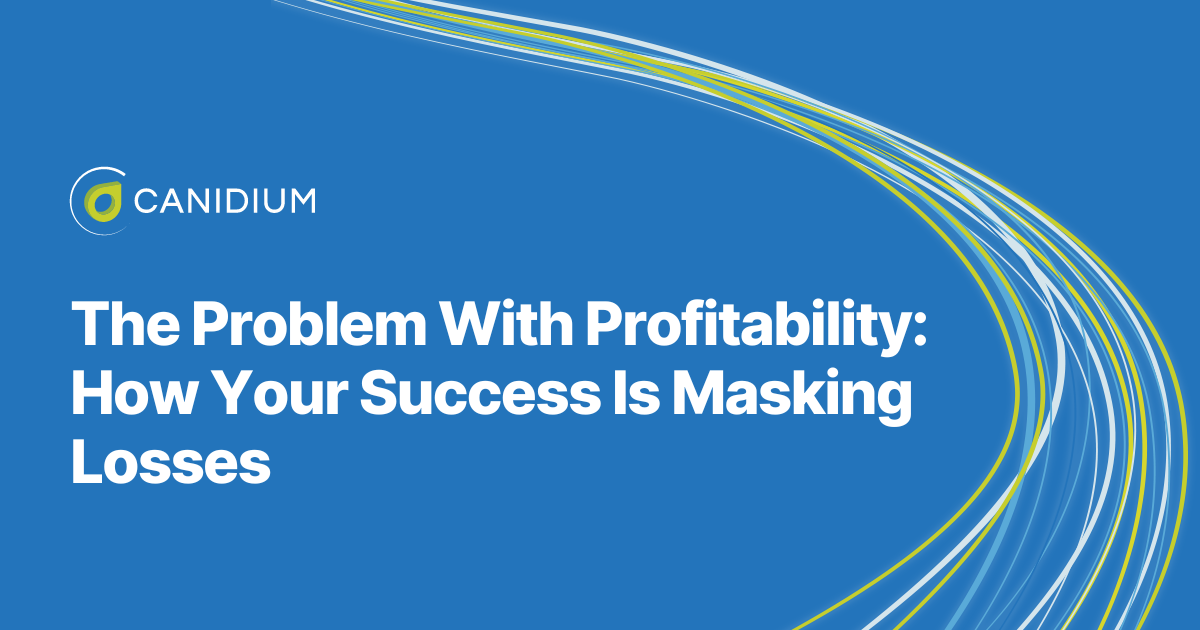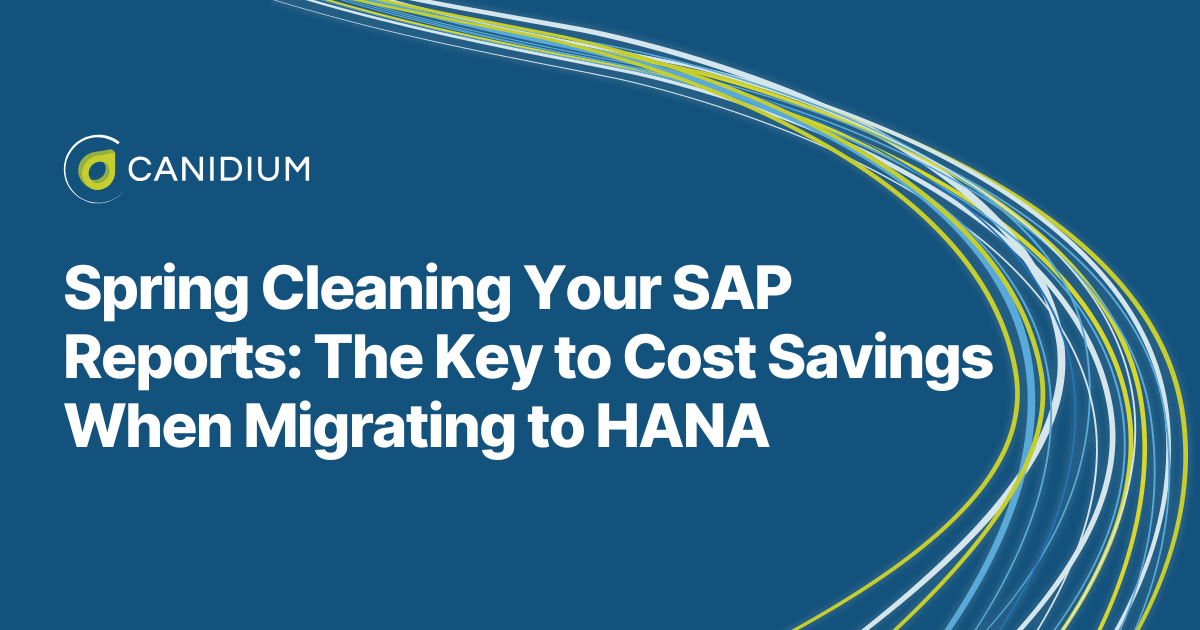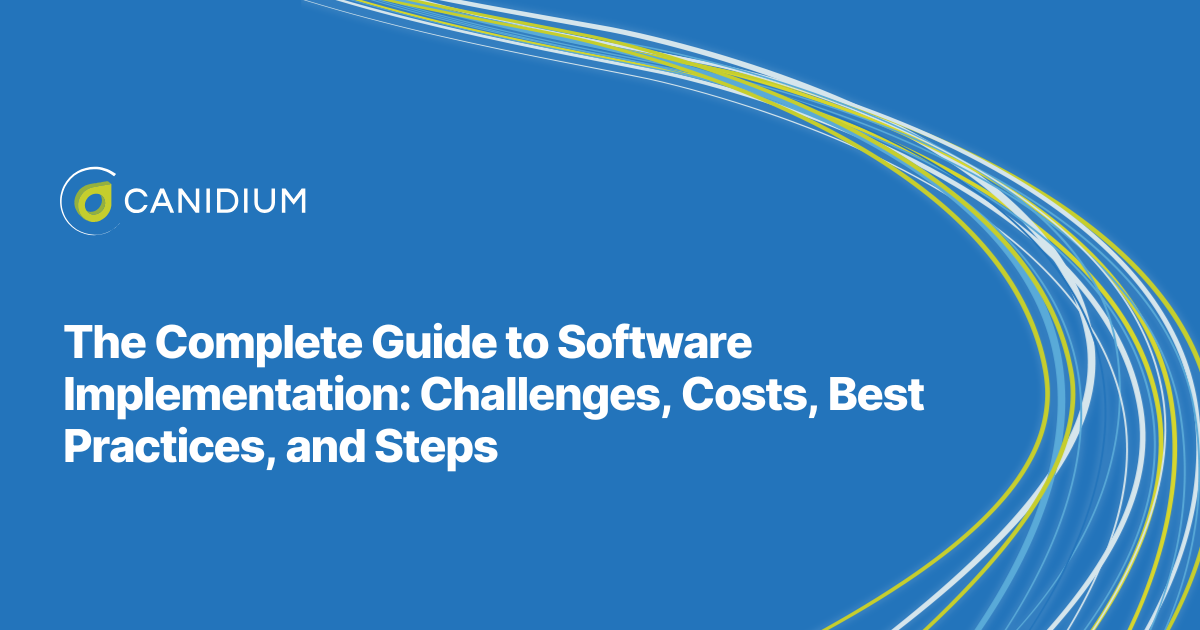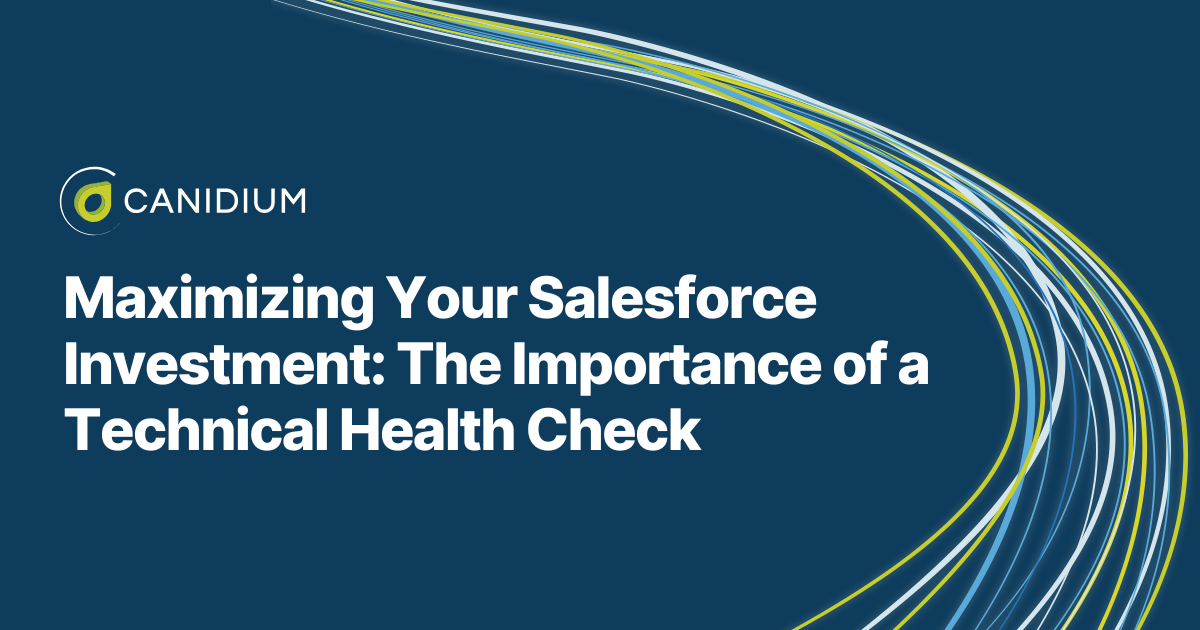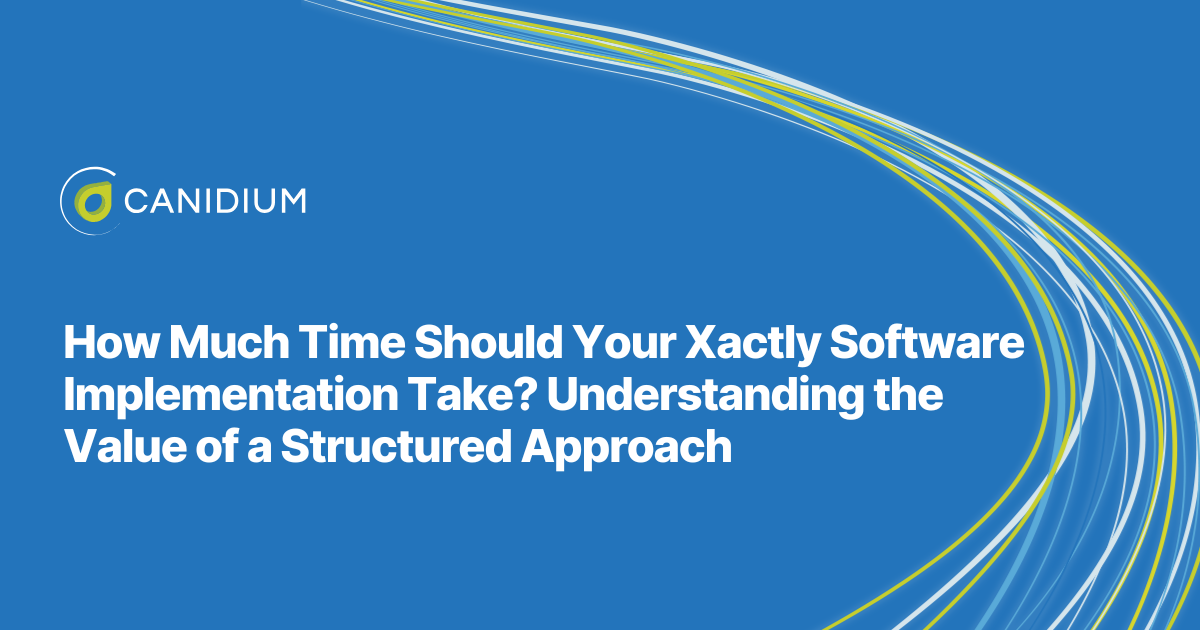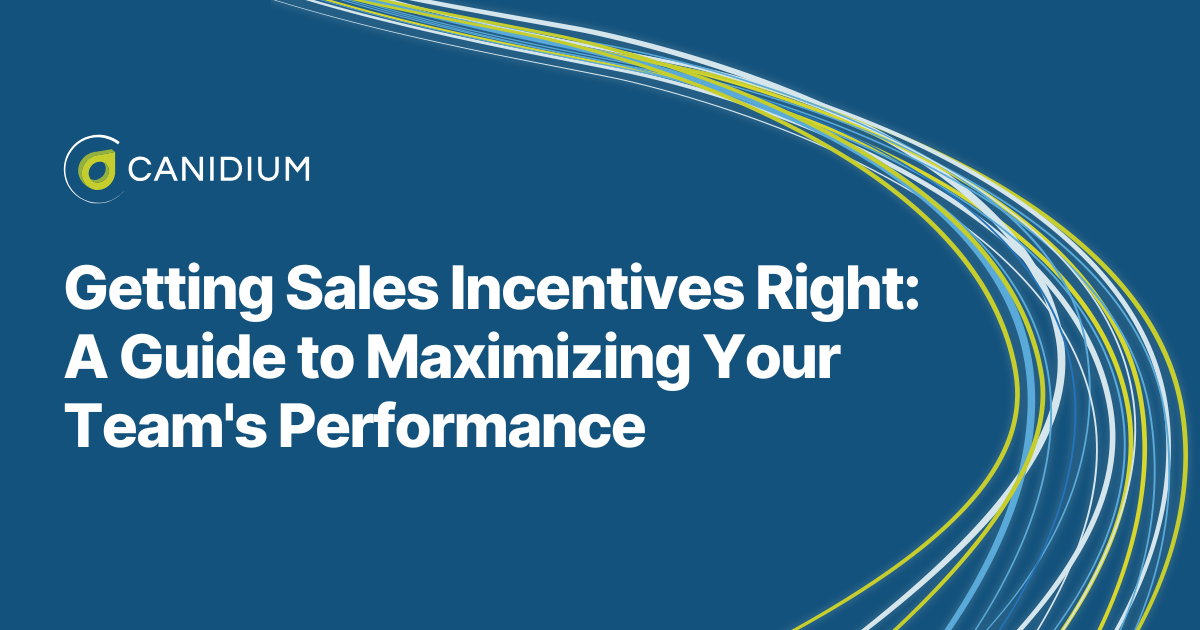Being profitable is a good thing. But is your profitability masking lost opportunities?
Lost opportunities due to your pricing structure can go unaddressed for years behind the guise of an overall profitable organization. The potential missed sales from these issues often lead to painfully significant financial losses. In good times, leaving money on the table is not a make-or-break situation. But when inevitable economic downturns occur, you’ll wish you had turned over every stone and developed alternate sources of revenue.
At Canidium, our team of pricing solution experts has seen firsthand how profitable organizations unintentionally reduce their win rates and diminish their revenue potential because of their apparent success. We help these companies gain the analytical tools and insight they need to uncover hidden issues in their pricing structure and reach their full revenue potential.
This article will explain the hidden pricing issues for profitable companies. To give you a complete picture of the problem, we will go through the following topics:
- How being profitable can mask a pricing problem
- The role of pricing software
- Top 3 ways pricing software can reveal hidden revenue
- Overcoming the illusion of success: solving your pricing problem
How Being Profitable Can Mask a Pricing Problem
While profitability is a positive indicator, it should not lead to complacency. Healthy profitability tends to create a false sense of security, masking potential areas for improvement. Companies may not realize they are losing deals or missing opportunities to charge more for their products and services.
Many companies assume that if they are meeting their financial targets, they are maximizing their potential. However, they often fail to see the deals they are not winning or the additional revenue they could generate with optimized pricing. For example, a business may only win 5-20% of the quotes it sends without understanding why it is losing its remaining opportunities. This lack of visibility into pricing inefficiencies means you might leave money on the table. Pricing software can reveal a winning price and how quickly a quote needs to be provided to increase win rates.
Healthy profit margins should not deter businesses from seeking improvements. On the contrary, profitable times are the best periods to invest in pricing optimization. Companies have the capital and resources to implement changes effectively, positioning themselves for greater success. Investing in pricing software during prosperous times ensures businesses are prepared for economic downturns, maintaining a competitive edge when the market tightens.
"In my experience, when sales are growing, margins and profitability are healthy, this often masks business issues and areas for improvement. Companies miss opportunities to win more deals or charge higher prices for their products and services. Pricing software can help by providing better insights, analytics, and more efficient pricing processes, from list price setting to quoting and rebates.” - Chris Keenan
The Role of Pricing Software
Currently, the average abandoned cart rate is estimated at an overwhelming 70.19%. Pricing is the preeminent purchasing factor, so an abandoned cart suggests ineffective cost-setting strategies.
These lost sales B2C companies see in the form of abandoned carts also translate to B2B businesses. Unsophisticated pricing strategies can lead to significant losses, impacting companies in different sectors. However, this issue is often only addressed when a company is not profitable.
Profitable companies may still be leaving money on the table through ineffective strategies, which is where pricing software comes into play. Pricing software provides comprehensive insights and analytics, enabling businesses to understand their pricing data better and identify hidden opportunities. It automates and streamlines pricing processes, ensuring prices are constantly optimized and competitive. Offering data-driven insights helps sales teams craft more appealing quotes, increasing win rates. Additionally, it optimizes rebate management and provides detailed reporting, giving a clear picture of pricing performance and areas for improvement.
Pricing software transforms pricing from a reactive, manual task to a proactive, strategic advantage, enabling businesses to maximize their revenue potential and stay ahead of the competition.
To understand the full scope of how a pricing solution can improve margins for profitable companies, here is a breakdown of some critical benefits:
.png?width=1920&height=1080&name=The%20Role%20of%20Pricing%20Software%20(2).png)
Top 3 Ways Pricing Software Can Reveal Hidden Revenue
The key to solving pricing problems hidden behind the veneer of profitability is to increase the visibility of your outcomes. You need digital infrastructure to capture critical information and automatically adjust pricing accordingly. This enhanced insight allows you to reveal the full revenue potential of your company.
The following sections explore the top three ways pricing software can reveal hidden revenue: enhancing quotes and win rates, finding cross-sell potential, and spotting opportunities for price adjustments. Each section explains how these capabilities can boost revenue, improve customer satisfaction, and increase operational efficiency.
1. Quotes and Win Rates
Generating quotes without a pricing solution can be problematic due to the lack of accurate market data and the reliance on manual processes, which are prone to errors and inefficiencies. Traditional methods often result in inconsistent pricing, missed opportunities, and slower response times, making it difficult for sales teams to remain competitive.
Pricing software enhances the ability to create competitive and attractive quotes by analyzing real-time pricing data and identifying optimal price points. It leverages advanced analytics and dynamic pricing models to determine the best prices, automates the quoting process, and customizes quotes based on individual customer profiles. This feature leads to higher quote win rates by enabling sales teams to quickly respond with well-informed and competitive quotes, reducing unnecessary discounting and preserving profit margins.
Optimized pricing strategies ensure products are priced correctly, maximizing revenue and speeding up sales cycles. Pricing software helps businesses drive more revenue, enhance customer satisfaction, and ultimately boost overall profitability by improving the accuracy and efficiency of the quoting process.
2. Cross-Sell Potential
Pricing software aggregates and analyzes data from various sources, including past purchase history, customer demographics, and buying behaviors. By examining this data, the software can pinpoint trends and preferences that indicate potential cross-sell opportunities. For example, suppose customers who buy a particular product often purchase a complementary item. In that case, the software can highlight this relationship, suggesting bundling these products.
Once cross-sell opportunities are identified, pricing software helps businesses create attractive product bundles.
These bundles are designed to provide added value to customers and increase the overall sale amount. The software can recommend optimal pricing for these bundles, ensuring they appeal to customers while maintaining healthy profit margins. Dynamic pricing models can adjust bundle prices based on real-time market conditions, customer segments, and competitive actions.
Pricing software can also personalize cross-sell recommendations based on individual customer profiles. By leveraging insights from customer data, the software can tailor offers to meet specific needs and preferences. For instance, if a customer frequently purchases office supplies, the software might suggest related items such as ergonomic chairs or desk organizers. Personalized recommendations enhance the customer experience, making customers more likely to accept the cross-sell offers.
3. Hidden Opportunities
The returns are significant if you can find an opportunity to increase your price without impacting volume. A 1% increase in price translates to an 8.7% increase in operating profits.
Pricing software can identify products or services that are undervalued or have the potential for a price increase by analyzing historical sales data and customer behavior.
The comprehensive analysis of pricing software enables businesses to stay ahead of market trends and adapt their strategies accordingly. For example, if the software detects a rising demand for a particular product, companies can adjust prices to capitalize on this increased demand without negatively impacting sales volume.
Pricing software helps businesses increase prices strategically, minimizing the risk of losing sales. It provides insights into price elasticity and customer sensitivity to price changes. By understanding how customers are likely to react to different price points, companies can make informed decisions that optimize revenue without alienating their customer base.
Overcoming the Illusion of Success: Solving Your Pricing Problem
Healthy profit margins can create a false sense of security, masking underlying issues and potential areas for improvement. You may not realize you are losing deals or missing opportunities to charge more for your products and services. Meeting financial targets often leads to overlooking the deals you aren't winning and the additional revenue you could generate with optimized pricing.
You might only win 5-20% of your quotes without understanding why you're losing the rest. Pricing software can reveal a winning price and how quickly a quote needs to be provided to increase sales. This lack of visibility into pricing inefficiencies means you might leave money on the table.
Good times are the best periods to invest in pricing optimization. With the capital and resources available, you can implement changes effectively and position yourself for even greater success. Investing in pricing software during prosperous times ensures you are prepared for economic downturns, maintaining a competitive edge when the market tightens.
Now that you understand how pricing software can boost revenue for profitable companies, your next step is to learn how to implement it in your organization. Start by reading this guide to beginning a Pricefx project.


